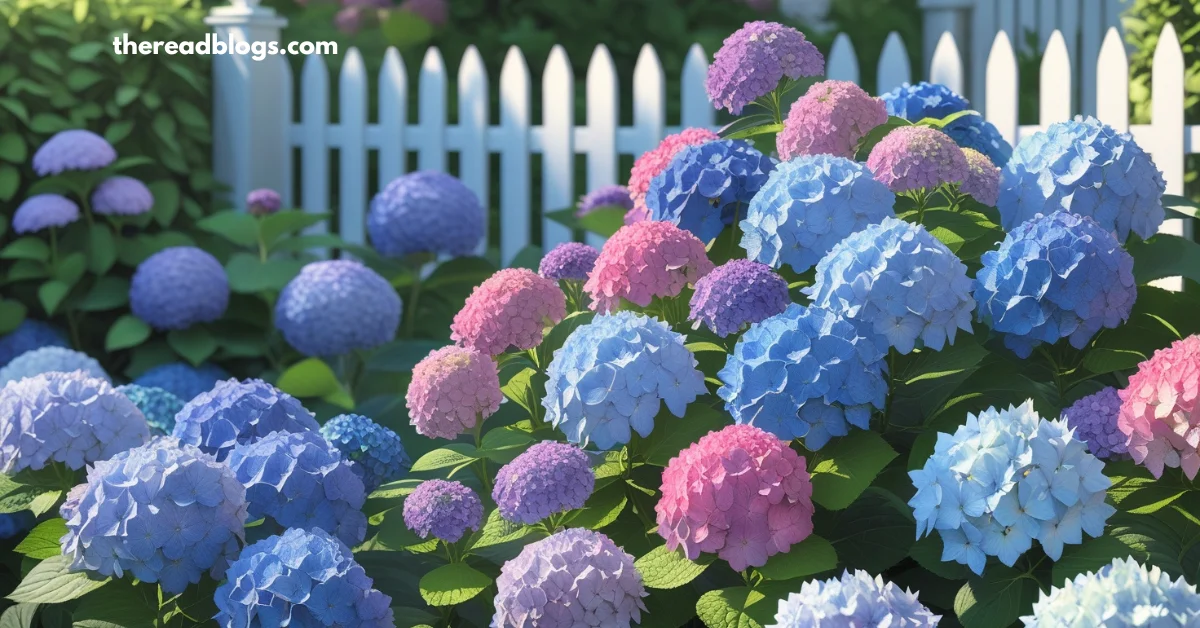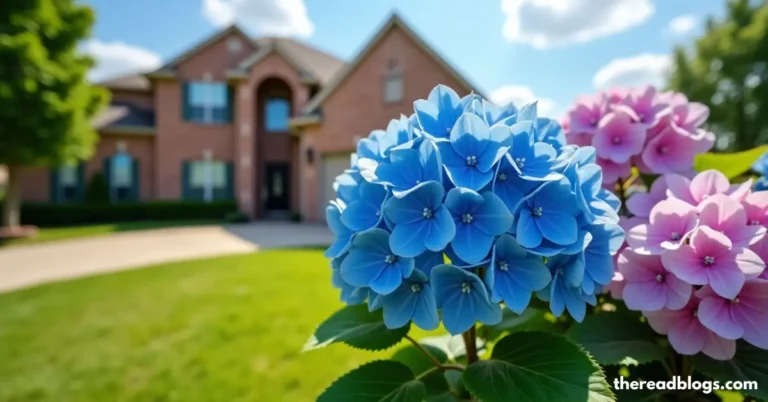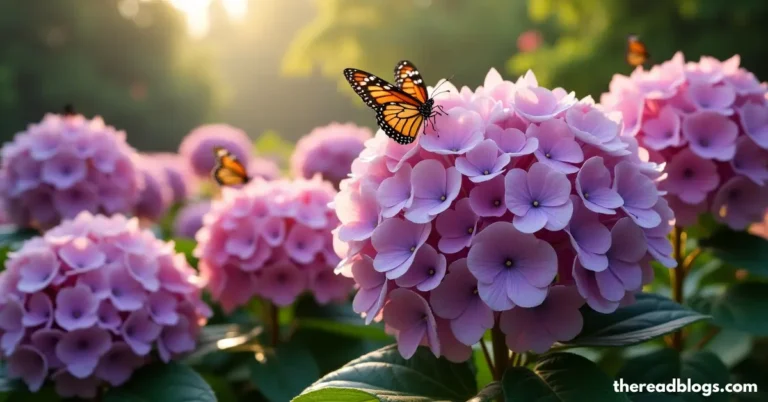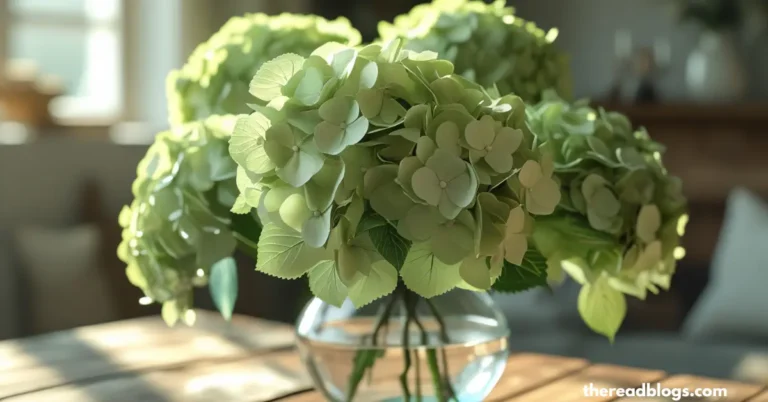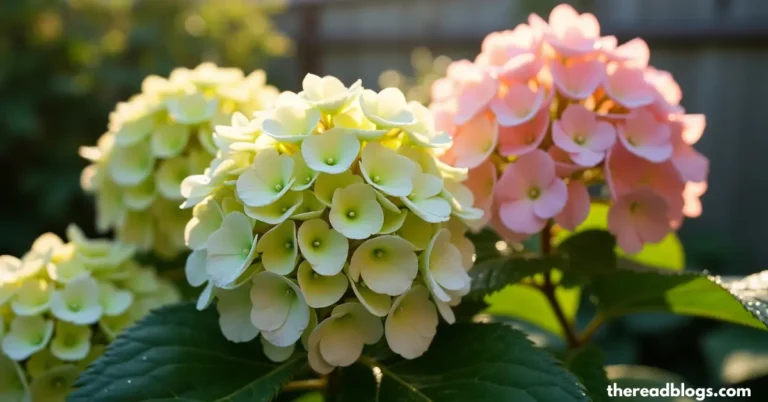Proven Tips for Growing Stunning Nantucket Hydrangeas
Hydrangeas are those big, beautiful flowers you often see in gardens, and Nantucket hydrangeas are some of the most stunning. If you’ve always wanted to grow these flowers but didn’t know where to start, don’t worry! Growing Nantucket hydrangeas can be easy and rewarding if you follow a few simple tips.
Choosing the Right Spot
First things first, find a spot in your garden that gets enough sunlight. Hydrangeas love sunlight, but not too much of it. Look for a place where they can get some morning sun and then have shade in the afternoon. This will keep them happy and healthy.
Planting Your Hydrangeas
When you’re ready to plant, dig a hole that’s about twice as wide as the pot your hydrangea came in. Gently take the hydrangea out of the pot and place it in the hole. Fill the hole with soil and pat it down gently around the plant. Water it well right after planting to help it settle in.
Watering and Feeding
Hydrangeas like to be watered deeply, but not too often. Stick your finger into the soil near the plant. If it feels dry, it’s time to water. Give it a good soak, making sure the water gets down to the roots. During the growing season, you can also give your hydrangeas a boost with a gentle fertilizer. Follow the directions on the fertilizer package to make sure you’re feeding them just right.
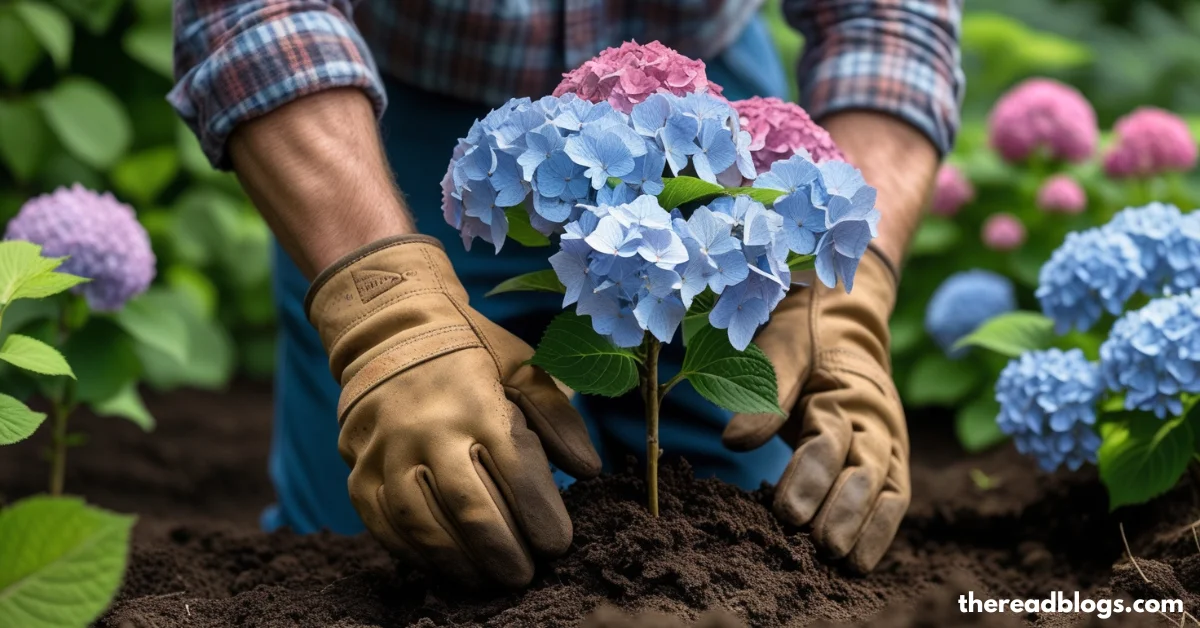
Pruning Your Hydrangeas
After your hydrangeas bloom, you might notice some old flowers that have dried up. You can snip these off with sharp scissors or pruning shears. This helps the plant focus on growing new flowers instead of putting energy into old ones.
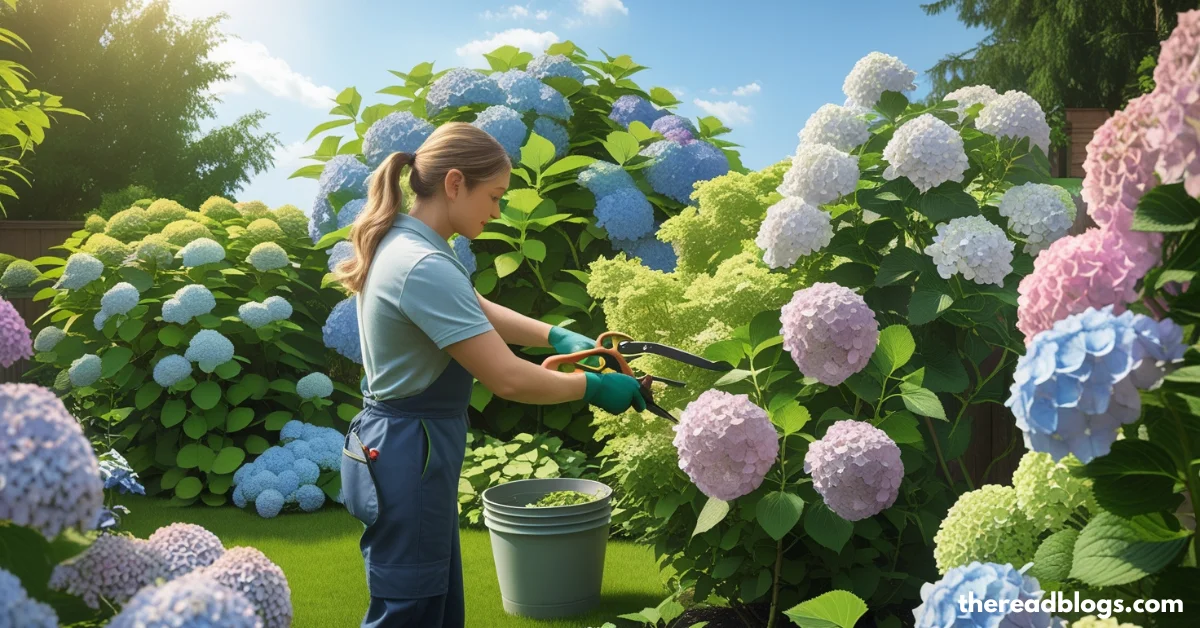
Dealing with Changes in Color
Did you know that hydrangea flowers can change color depending on the soil they’re in? It’s true! If you want blue flowers, you’ll need soil that’s more acidic. For pink flowers, you’ll need soil that’s more alkaline. You can adjust the soil pH by adding amendments like sulfur for more acidic soil or lime for more alkaline soil.
Protecting Your Hydrangeas
In colder climates, hydrangeas might need some protection in the winter. You can cover them with a layer of mulch to keep their roots warm. Just make sure not to cover the stems too much, as they need air to breathe.
Conclusion
Growing Nantucket hydrangeas can be a wonderful experience, bringing beauty and charm to your garden. Remember, it’s all about finding the right spot, watering them well, and giving them a little care. With these simple tips, you’ll soon be enjoying stunning hydrangea blooms in your own backyard. Happy gardening!
This gentle approach to hydrangea care ensures that anyone can feel confident in growing these lovely flowers. Enjoy the process and watch as your garden transforms with their vibrant colors!

